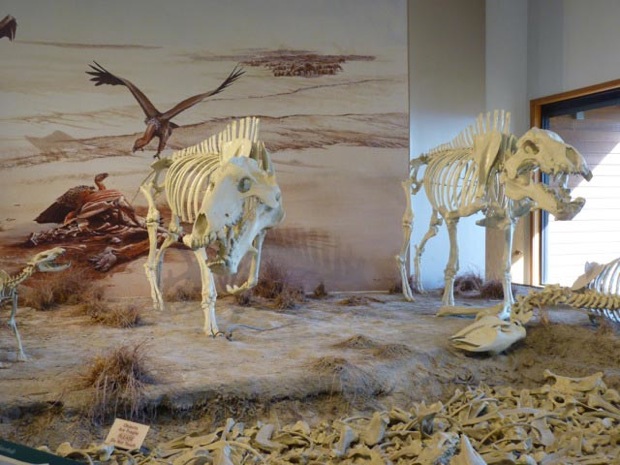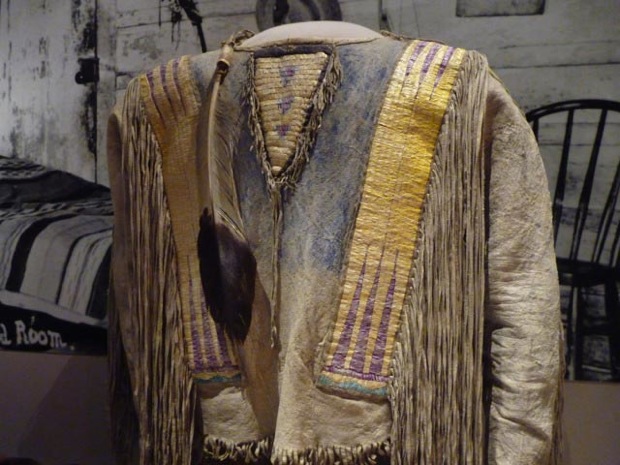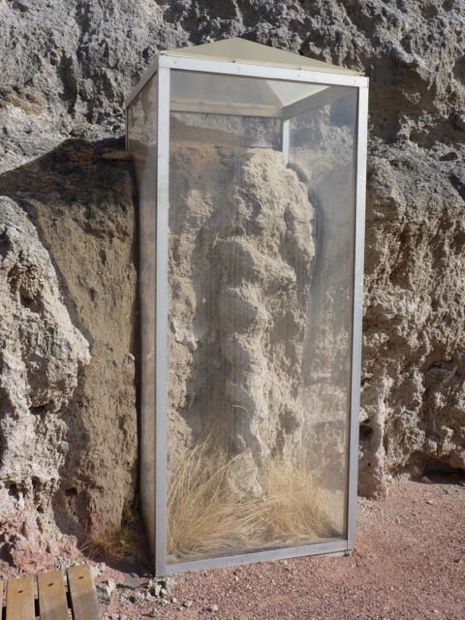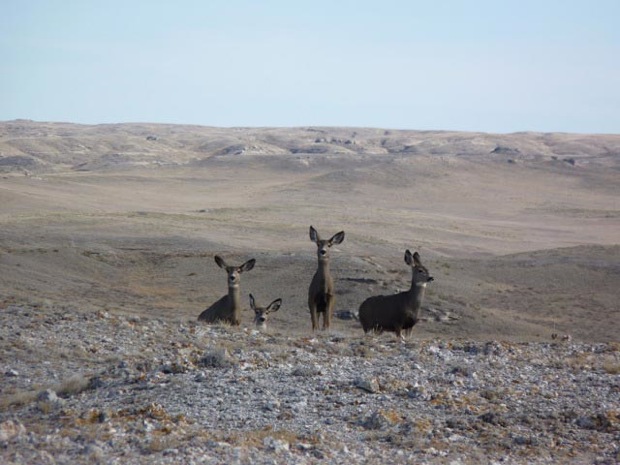
Unfortunately, some extraordinary sites administered by our National Park Service are not very accessible. Among these is surely Agate Fossil Beds National Monument in northwestern Nebraska, even though it is not all that distant from South Dakota’s popular Black Hills resort region.
The Monument was once part of the Agate Springs Ranch, purchased by James and Kate Cook from her parents in 1887. Strange “Devil’s Corkscrew” formations were first studied here by scientists soon thereafter, which were eventually identified as fossilized burrows of a prehistoric beaver-like creature that lived more like a prairie dog.
Here, around ancient waterholes, animals had apparently congregated and eventually died when supplies of the nearby grasses that they foraged, already drastically reduced by drought, were exhausted. The bones of hundreds and even thousands of several species were eventually covered under several feet of sediment. Mostly between 1904 and 1923, paleontologists from several renowned Eastern institutions worked these fossil beds, uncovering bones that are now found in outstanding museum collections around the globe.
Today, in addition to displays explaining and exhibiting some of the fossilized bones, as well as complete replica skeletons, the Monument’s excellent visitor center also contains a video theatre and the Cook Collection of Indian Artifacts. Even by itself, the Cook family’s magnificent collection of Plains Indian cultural artifacts makes a trip to the Monument worthwhile. However two interpretive trails, the 2.7-mile round-trip Fossil Hill Trail to the University and Carnegie Hill dig sites, and the one-mile Daemonelix Trail, all contribute to a memorable visitor experience.

Red Cloud’s ceremonial shirt in the Cook Collection of Indian Artifacts

Daemonelix in the ‘phone booth’

Mule deer viewed from the Daemonelix Trail









